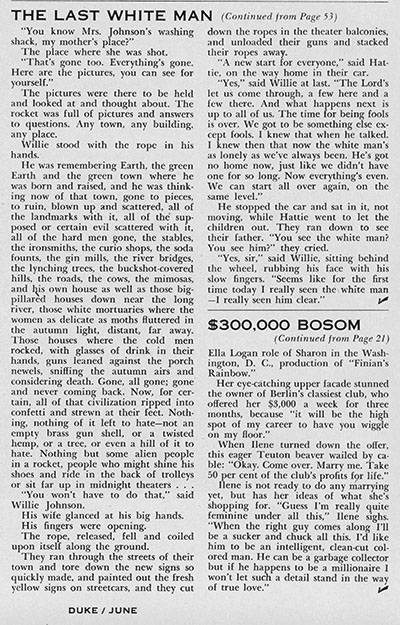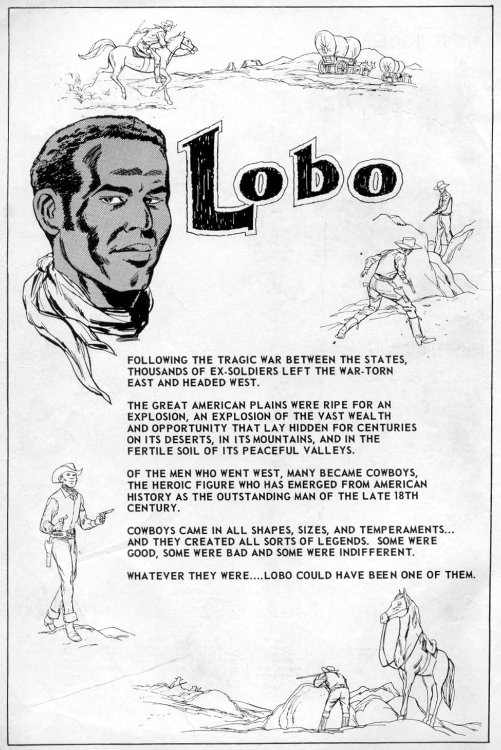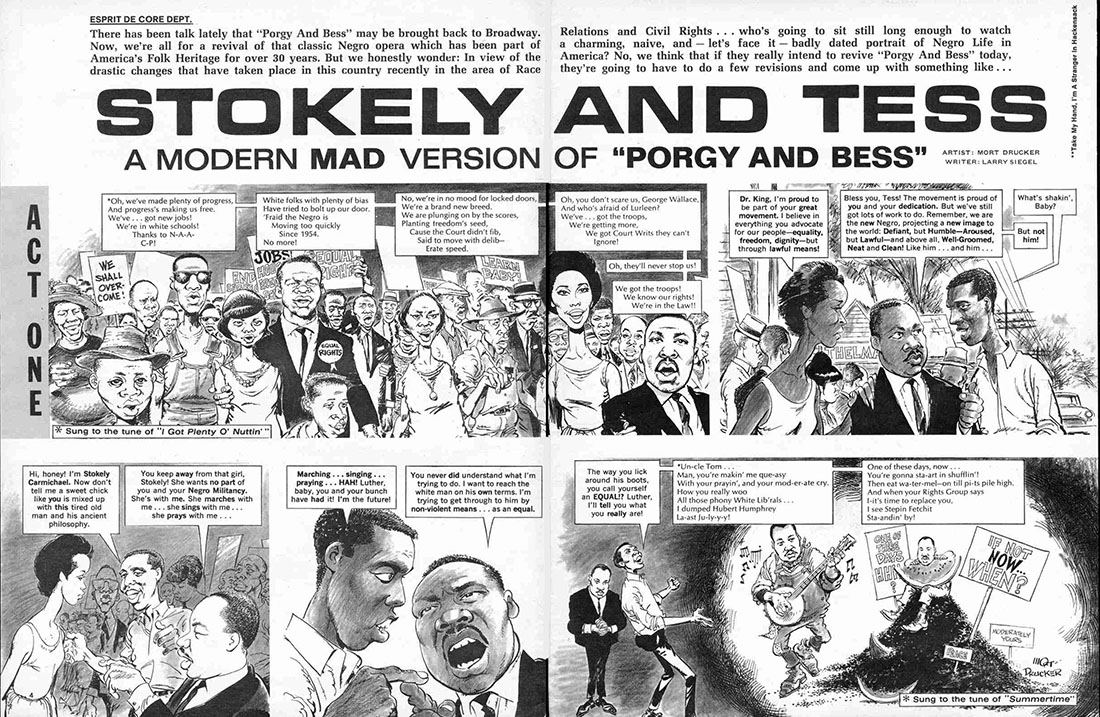From the first issue of a long out-of-print 1950s Playboy competitor comes this Ray Bradbury tale...
...which was presented only once with this title!
Intended as one of several new stories to link previously-published Mars tales in the now-legendary anthology The Martian Chronicles (1950) as a sequel to "Way in the Middle of the Air", it was delayed due to editorial requests for revisions and ended up initially-appearing in 1951 in a non-science fiction magazine dedicated to short stories in every genre as "The Other Foot"...
...before finally making its' appearance in a later, equally-legendary Bradbury anthology in 1951...
How did this unusual retitling come about?
In 1957, with Playboy dominating the newsstands, a new publisher introduced an African-American counterpart called Duke, which featured Black creatives and cheesecake models.
In 1957, with Playboy dominating the newsstands, a new publisher introduced an African-American counterpart called Duke, which featured Black creatives and cheesecake models.
(The centerfold models were called "Duchesses"!)
Along with acclaimed Black writers Langston Hughes, Erskine Caldwell, and Chester Hines, the premiere issue featured Ray Bradbury's short story "The Other Foot", now entitled "The Last White Man"!
Unlike most of Bradbury's works, this tale has, to date, never been adapted into any other media!
(Sadly, Duke only lasted six issues.)
AFAIK, the only time "The Other Foot/The Last White Man" has ever been cover-featured was in a rare, limited-run book produced by, of all companies, Xerox, in 1967!
Try finding a copy of it at a reasonable price (or even a clean scan of the cover)!
Please Support Atomic Kommie Comics!
Visit Amazon and Order...































